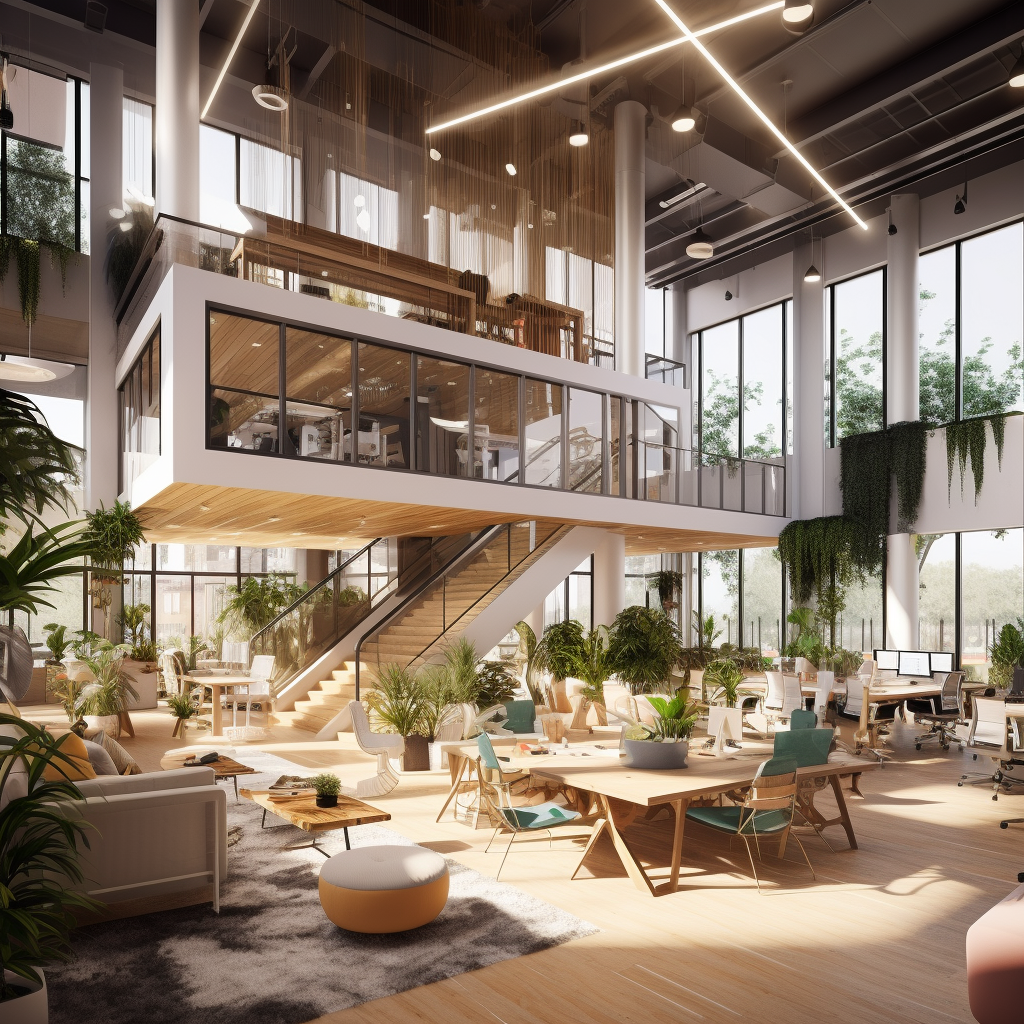In the ever-evolving landscape of modern work, the hybrid model stands as a beacon of change, challenging long-standing norms and offering a new vision for productivity, engagement, and work-life balance. This article delves into how embracing the hybrid work paradigm can revolutionize our assumptions about the workplace, driving innovation and evolving both our mindset and physical workspaces.
"Is the future of work tethered to a location, or is it boundless?"
The Hybrid Work Model: A New Paradigm
Hybrid work, a blend of remote and in-office activities, is not just a response to recent global shifts but a forward-thinking approach to work that prioritizes flexibility, autonomy, and employee well-being. By breaking free from the traditional 9-to-5, in-office requirement, hybrid models offer a more personalized work experience, acknowledging that productivity is not tied to a specific location.
Flexibility and Productivity: Explore how the freedom to choose one’s work environment can lead to increased productivity and job satisfaction. Highlight studies or anecdotes that showcase the positive impact of flexibility on output and innovation.
Challenges and Opportunities: Address common challenges associated with hybrid work, such as maintaining team cohesion and company culture. Discuss strategies for leveraging technology and communication to bridge these gaps, ultimately leading to a more resilient and adaptable organizational structure.
"Flexibility isn't just a perk; it's the cornerstone of modern productivity."

Redefining the Workplace: Physical and Digital Infrastructure
The shift towards hybrid work necessitates a reimagining of the physical workspace, as well as the digital tools we rely on. This section examines the evolving role of the office and the importance of technology in facilitating a seamless hybrid work experience.
The Evolving Office: Discuss how physical office spaces are transforming from places of mandatory daily attendance to hubs of collaboration and socialization. Consider the implications for office design, from hot-desking to collaborative spaces that encourage in-person interaction when it matters most.
Digital Connectivity: Delve into the digital infrastructure required to support hybrid work, from cloud-based collaboration tools to secure, remote access solutions. Highlight how advancements in technology can serve to enhance rather than hinder the human connection.
“The office isn’t obsolete; it’s evolving into a stage for meaningful interaction.”
The hybrid work model challenges us to rethink not just where we work, but how we work together. It's an invitation to innovate our practices and spaces in a way that truly reflects the diversity of our needs and aspirations.
The journey towards embracing hybrid work is both a challenge and an opportunity to fundamentally reshape our approach to work. By reevaluating our assumptions and innovatively reconfiguring our physical and digital work environments, we can unlock new levels of flexibility, productivity, and well-being. The future of work is not a one-size-fits-all but a spectrum of possibilities that the hybrid model brings into reach, promising a more adaptable, resilient, and human-centered workplace.
“Embracing hybrid work is embracing the future—diverse, flexible, and unbounded.”







